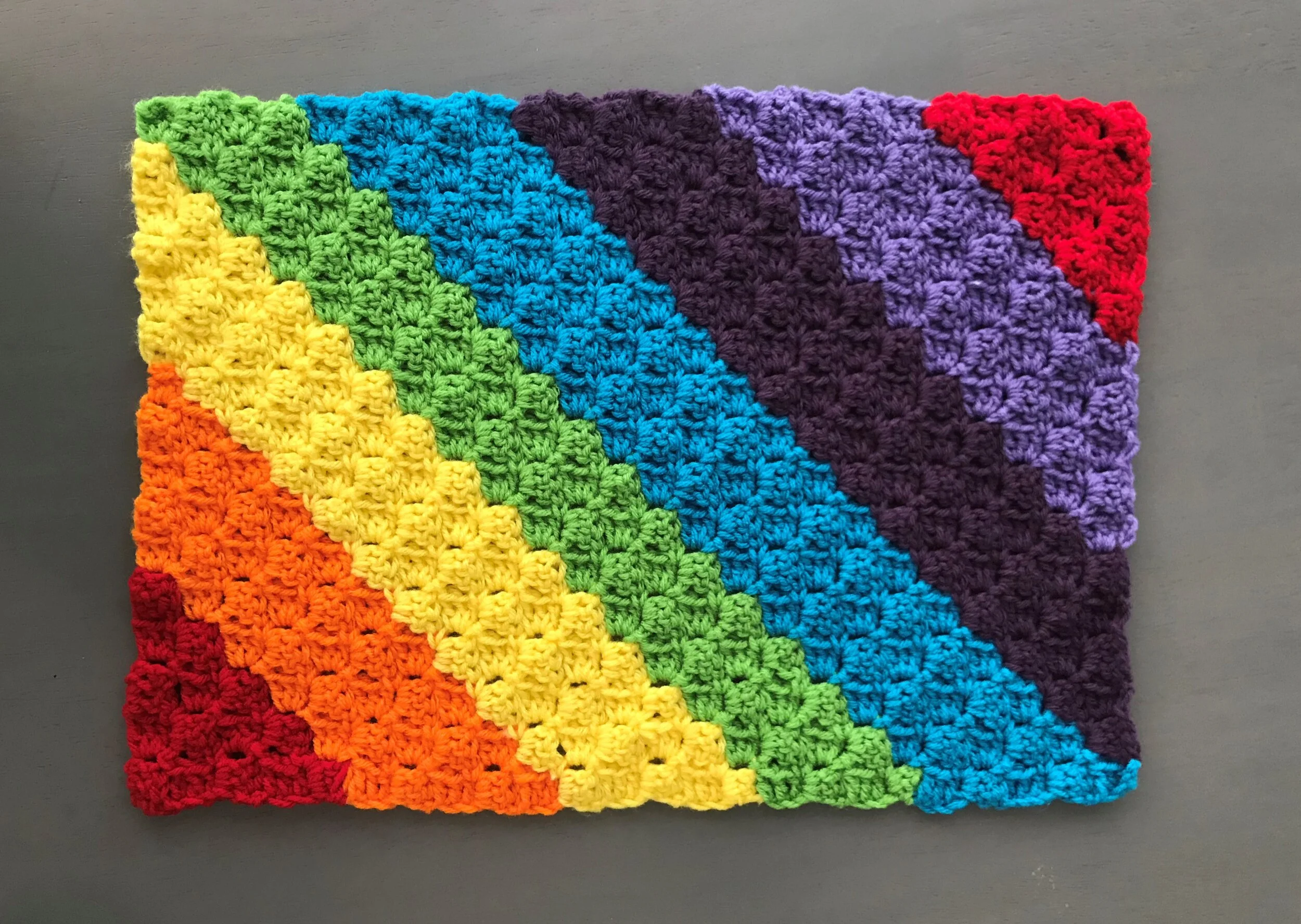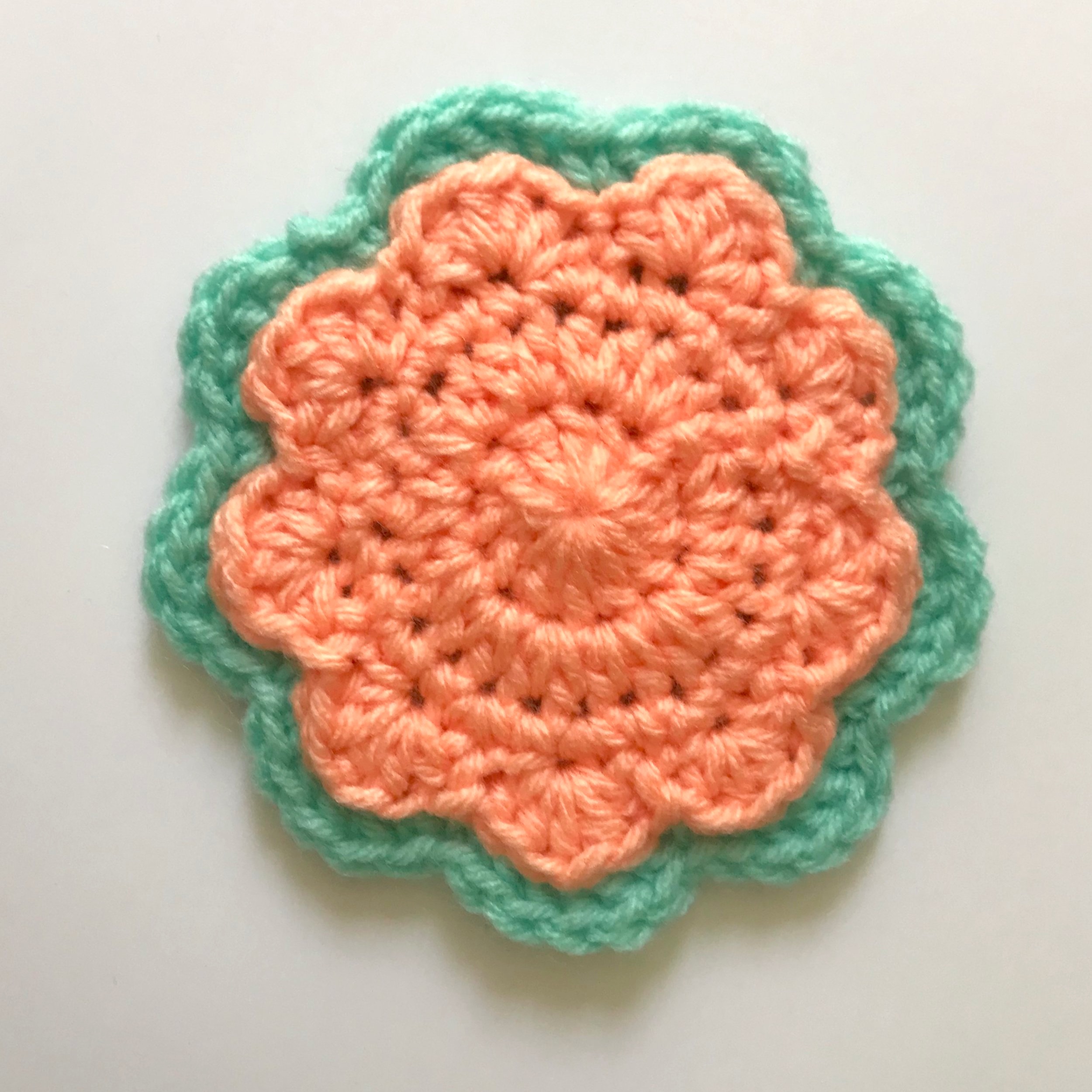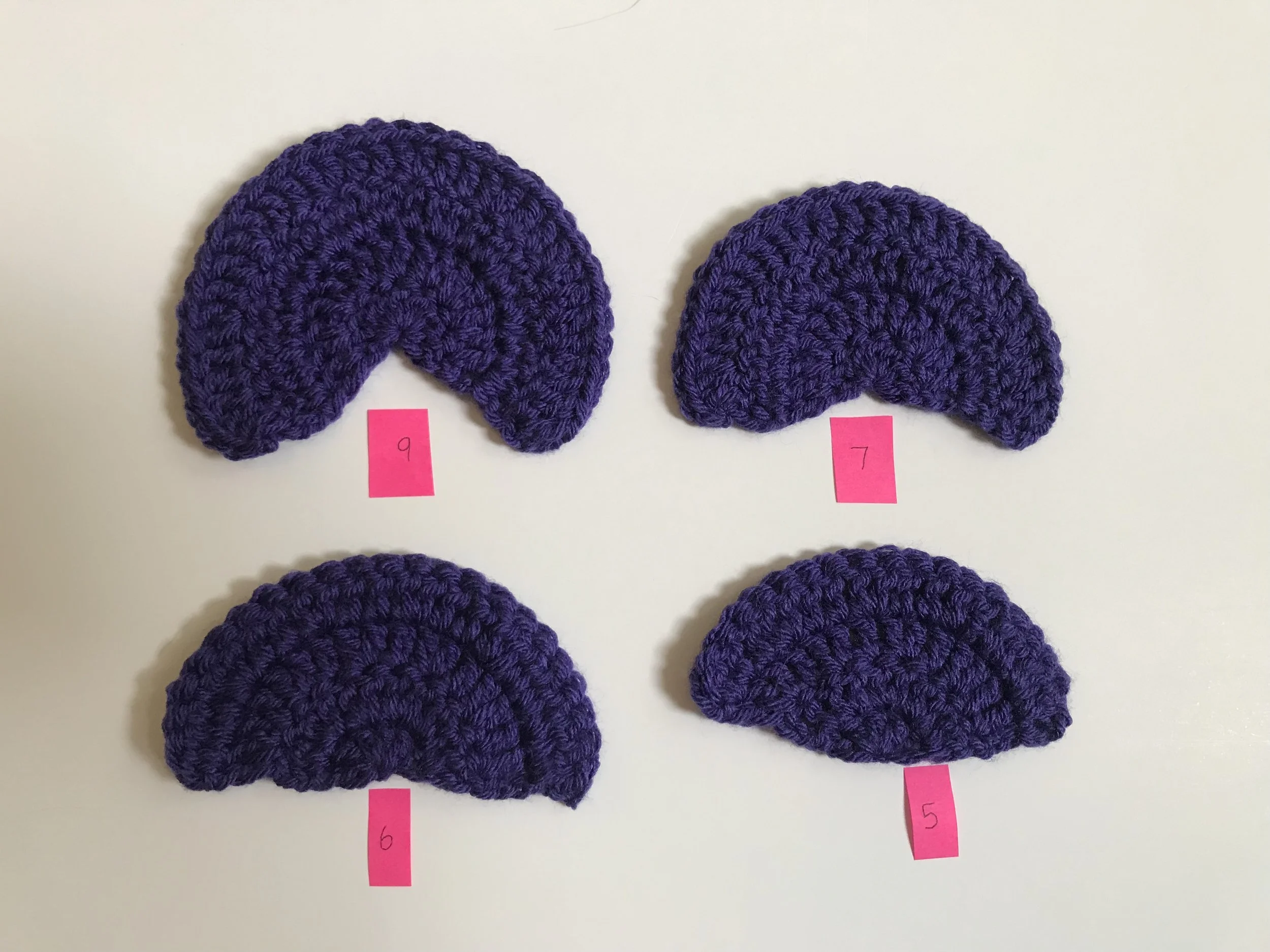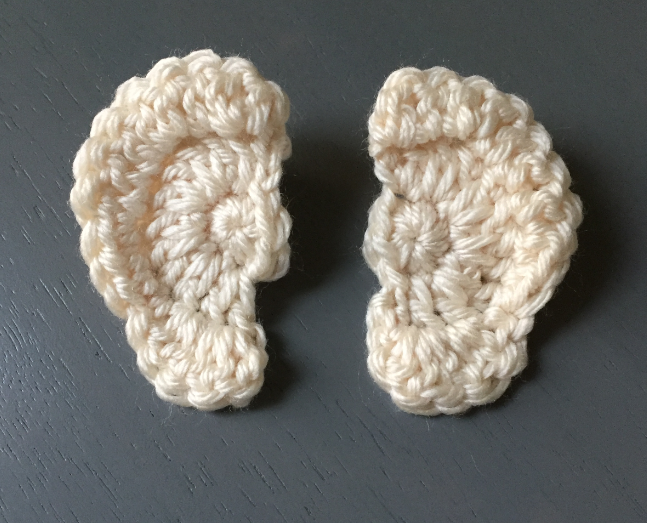Hilarious Text to AI Crochet Pic Fails
/“Text to Image” AI is a pretty amazing tool that converts a text description into a computer-generated image. Results from this tool CAN be very impressive, but….not always.
There are some pretty epic and hilarious fails.
I entered the text “19th century woman crocheting a blanket” into the Picsart AI tool. Hilarity ensued. It’s clear that AI doesn’t really understand what crochet hooks are. Also, just because the woman is MAKING crochet, doesn’t mean she should be WEARING crochet.
Exhibit 1
the extra pair of hands is so distracting
Exhibit 2
This woman seems to be crocheting with her nose, and her medium of choice is…hay?
Exhibit 3
It’s not clear what the white helmet-looking thing on her face is. But she looks like she’s in an insane asylum and the creepy woman in the painting is just as bad. Also, no crocheting to be seen in this one!
Exhibit 4
This is a great place to store your yarn bowl. nothing bad could happen.
Exhibit 5
From the ridiclously tiny head to the gigantic arms…all i’ll say is that the dress looks really hot. not like sexy hot, but like…trapping the heat of a thousand suns


















